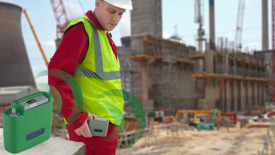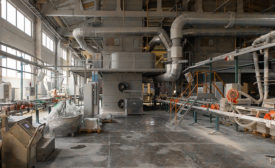Home » Keywords: » indoor air quality
Items Tagged with 'indoor air quality'
ARTICLES
New bipartisan bill aims to enhance EPA's oversight of indoor air quality
The proposed legislation would direct the EPA to establish a list of indoor contaminants and voluntary guidelines
August 2, 2024
Become a Leader in Safety Culture
Build your knowledge with ISHN, covering key safety, health and industrial hygiene news, products, and trends.
JOIN TODAYCopyright ©2025. All Rights Reserved BNP Media.
Design, CMS, Hosting & Web Development :: ePublishing






